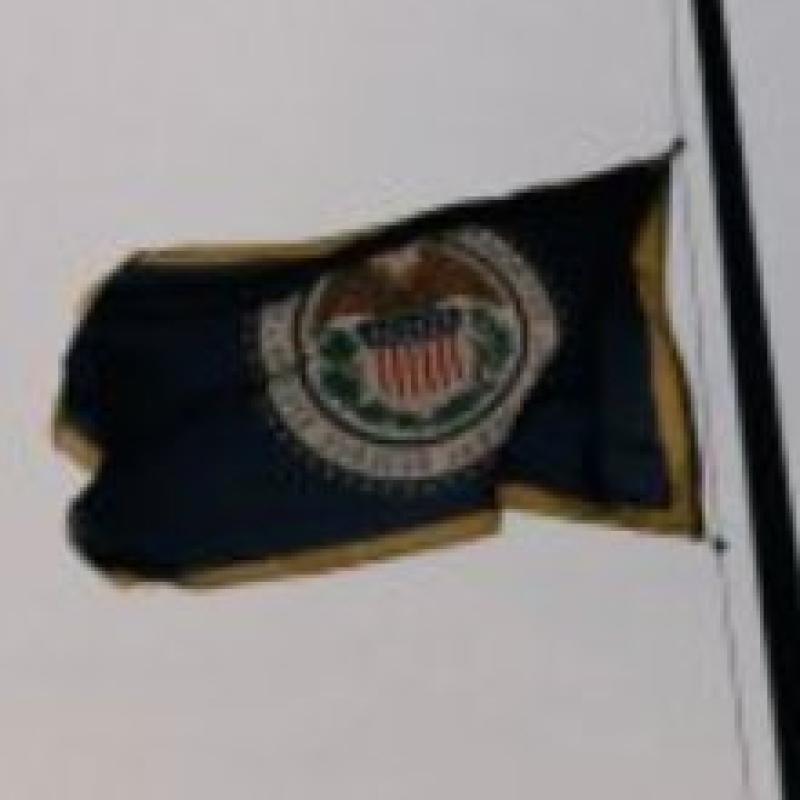The Trumpification of the Federal Reserve




In late 2015 then-candidate Donald Trump accused Janet Yellen, chair of the Federal Reserve, of being part of a political conspiracy. Yellen, he insisted , was keeping interest rates unjustifiably low in an attempt to help Hillary Clinton win the presidency.
As it happens, there were very good reasons for the Fed to keep rates low at the time. Some measures of the job market, notably prime-age employment , were still well below precrisis levels, and business investment was going through a significant slump — a sort of mini-recession .
Fast forward to the present. The employment picture is much stronger now than it was then. There are hints of an economic slowdown, partly because of the uncertainty created by Trump’s trade war, but they’re considerably fainter than those of 2015-16. And Trump himself keeps boasting about the economy’s strength.
Yet he is openly pressuring the Fed to cut rates, and is reportedly looking for ways to demote Jay Powell , the man he himself chose to replace Yellen — declining to reappoint Yellen, according to some reports, because he didn’t think she was tall enough .
But wait, there’s more. While there are, as I said, hints of a slowdown here, there are much stronger warning signs in Europe, where manufacturing is slumping and recession worries are on the rise. Yet even as he tries to bully the Fed into cutting rates, Trump flew into a rage over reports that the European Central Bank, Europe’s counterpart to the Fed, is considering rate cuts of its own, which would weaken the euro and make U.S. industry less competitive.
If these various positions sound inconsistent to you, you’re just not thinking about them in the right way. The common principle is simple: Monetary policy should be whatever serves Donald Trump’s interests. Nothing else matters.
And Trump’s current rage at the Fed should be understood mainly as an expression of frustration over the failure of his 2017 tax cut.
Yes, the tax cut gave the economy a boost, as you’d expect from policies that widened the annual full-employment budget deficit by about $400 billion . (Imagine what the Obama economy would have looked like if Congress had let him spend $400 billion a year on, say, infrastructure.) But it was a pretty modest boost, considering, with much of the tax cut being used just to buy back corporate stock.
More to the point, the tax cut was a political bust: Trump isn’t getting much credit for good economic numbers, and a plurality of the white working-class voters on whom the tweeter in chief depends believe (correctly) that his policies mainly benefit people richer than themselves .
So Trump is, in effect, demanding that the Fed bail him out of the consequences of his own policy failures. And if that were the whole story, the appropriate response would be some polite, Fedspeak version of “Go to hell.”
But as it happens, Trump and his tantrums aren’t the whole story. There is, in fact, a strong case that the Fed was too quick to raise interest rates from 2015 to 2019 — that it underestimated how much slack there still was in the U.S. economy and overestimated the economy’s underlying strength (which it has done consistently over the past decade).
And there is correspondingly a case for partially reversing recent Fed rate hikes, and cutting rates now as insurance against a possible future slump — getting ahead of the curve. Donald Trump is the worst possible person to be making this argument, but that doesn’t mean that the argument is wrong.
So what should the Fed do?
Central bankers, like those running the Fed, try to portray themselves as apolitical and technocratic. This is never quite true in practice, but it’s an ideal toward which they strive. Thanks to Trump, however, whatever the Fed does next will be seen as deeply political. If it does cut rates despite low unemployment, this will be seen as giving up its independence and letting Trump dictate policy. If it doesn’t, Trump will lash out even harder.
And if I were Powell, I’d be worried about an even worse scenario. Suppose the Fed were to cut rates, and growth and inflation end up being higher than expected. Conventional policy would then call for reversing the rate cut — right on the eve of the 2020 election. The political firestorm would be horrific.
And I’m sorry, but in Trump’s America no institution can ignore the political ramifications of its actions, if only because these ramifications will affect its ability to do its job in the future.
What this means for monetary policy, I think, is that while straight economics says that the Fed should try to get ahead of the curve, the political trap Trump has created argues that it should hold off — that it should insist that its policy is “data-dependent,” and wait for clear evidence of a serious slowdown before acting.
Now, this might mean that if the Fed does eventually cut rates, whatever boost this gives the economy (which would be limited in any case , since rates are already quite low) will come too late to help Trump in the 2020 election. But if that’s what happens, Trump will have only himself to blame.
Initial image: The building that houses the Federal Reserve Christopher Lee for The New York Times
Tags













